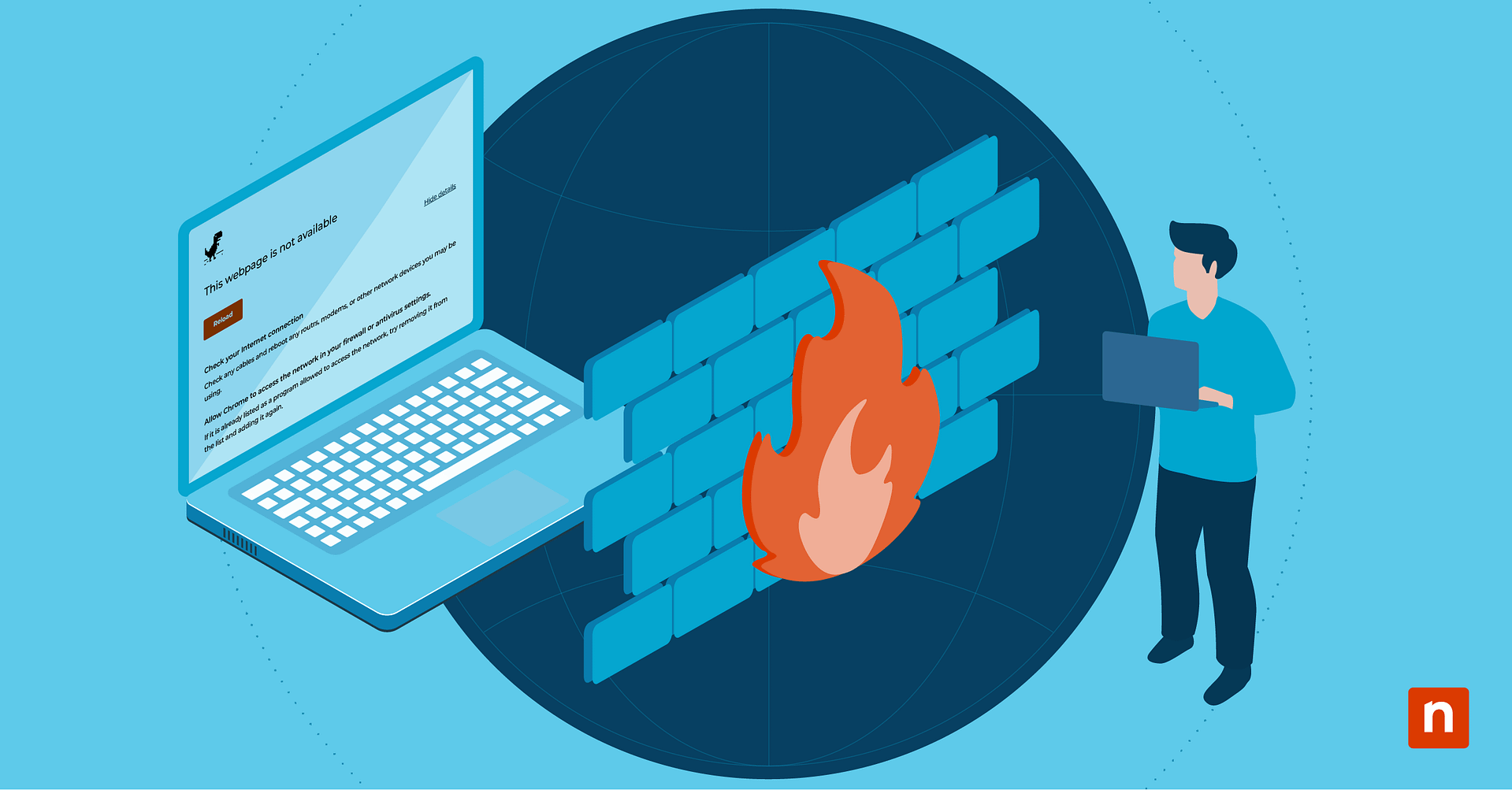In Windows 11, Storage Spaces is a feature that allows users to group multiple physical drives into a storage pool and create virtual drives (also called storage spaces) on top of the physical drives. Knowing how to properly remove a virtual drive from the storage space pool is crucial for efficient management, data loss prevention, and preservation of the storage pool’s integrity.
If you need a guide on safely removing storage spaces from the pool, read on. This guide will discuss how to remove storage spaces using the GUI and PowerShell options.
How to remove a drive safely from a Windows 11 storage pool
There are three methods you can use to remove storage spaces from a pool: via the Settings app, via Control Panel, or via PowerShell. Each method is suited for specific use cases.
📌 Prerequisites:
Before you make any changes, make sure you have the following prerequisites:
- A Windows 11 edition that has Storage Spaces support
- Administrator privileges
- A storage space that does NOT contain critical or active data
💡NOTES: Here are other things to keep in mind, aside from the prerequisites:
- If you’re using Parity or Mirror layouts, confirm redundancy before removing a drive.
- Backup your data before storage spaces are removed, especially if you’re reusing or wiping a physical drive.
📌 Recommended deployment strategies:
Click to Choose a Method | 💻 Best for Individual Users | 💻💻💻 Best for Enterprises |
| Method 1: Removing Storage Space via Settings App (GUI) | ✓ | |
| Method 2: Removing Storage Space via Control Panel (Legacy Interface) | ✓ | |
| Method 3: Removing Storage Space via PowerShell | ✓ |
Method 1: Removing storage space via Settings App (GUI)
The Settings app provides a straightforward method for storage space deletion. This is best for individual users.
📌 Use Cases:
- Individual users (especially those who want a graphical interface)
- Devices where only one or two virtual disks are being managed
- Newer Windows 11 devices that have visibility of the full storage pool
To use the Settings app for storage space removal, follow these steps:
- Open Settings > System > Storage.
- Scroll down and select Advanced storage settings > Storage Spaces.
- Under the appropriate storage pool, locate the storage space or virtual drive you want to remove. Make sure that the storage space you need to remove from the pool is visible; otherwise, you can delete the wrong drive. Read more about it in the Things to look out for section.
- Click the Remove or Delete option next to the storage space.
- Confirm the action when prompted.
When you use this method, you can delete the virtual disk; however, you won’t be able to delete the storage pool or associated physical drives.
Method 2: Removing storage space via Control Panel (Legacy Interface)
The second method is a good alternative when the Settings app doesn’t show all storage disks.
📌 Use Cases:
- Use this method if Settings > Storage Spaces does not show all pool options.
- System administrators who are managing legacy environments
- Environments with restricted script executions
To deploy this method, do the following steps:
- Open Control Panel > System and Security > Storage Spaces.
- Click Change settings.
⚠️ Important: Administrator privileges are required to change settings. If you don’t have admin privileges, options to delete or modify storage spaces may not be available. Read more about this in the Things to look out for section.
- Locate the storage pool and expand its view.
- Under the storage space you want to remove, click Delete.
- Confirm when prompted to delete the virtual disk.
Method 3: Removing storage space via PowerShell
Finally, we can also remove the storage space with PowerShell for more refined management.
📌 Use Cases:
- Suitable for enterprise environments and advanced users
- Useful for bulk operations, remote scripting, or headless (no GUI) servers
To delete storage spaces with PowerShell, use the following commands:
To list all storage pools and spaces:
Get-StoragePool
Get-VirtualDisk
To remove a specific virtual disk (storage space):
Remove-VirtualDisk -FriendlyName “MyStorageSpaceName”
⚠️ Important: Replace “MyStorageSpaceName” with the actual name of the storage space. Make sure that you input the correct storage space name to prevent any data loss. You can read more about this in the Things to look out for section.
💡 Tip: (Optional) Remove the associated storage pool afterward:
Remove-StoragePool -FriendlyName “MyStoragePoolName”
Although this is an optional step, it’s better to execute this as it prevents errors. You can read more about it in the Things to look out for section.
⚠️ Things to look out for
| Risks | Potential Consequences | Reversals |
| Using the Settings app when the storage pool is incomplete or not visible | Inability to access the full pool configuration; possible deletion of the wrong space | If you cannot view the full pool, it’s better to use Method 3 (PowerShell). |
| Skipping admin privileges for Methods 1 & 2 | Options to delete or modify storage spaces may be grayed out (not available) | Always right-click and “Run as Administrator” or click “Change Settings” when prompted. |
| Using the wrong storage space name in PowerShell | Deletion of the wrong virtual disk, causing irreversible data loss | Unfortunately, there is no way to reverse data loss caused by the wrong virtual disk deletion. Instead, run Get-VirtualDisk first to confirm the exact storage space name before executing any remove commands. |
| Forgetting to remove the associated virtual disks before deleting the storage pool | PowerShell will throw an error or delete the entire structure, including dependent volumes. | Ensure all Get-VirtualDisk entries are removed before using Remove-StoragePool. |
Additional considerations when removing a drive from your storage pool
If you’re removing a disk from the storage pool, keep the following considerations in mind:
Potential data loss
Removing storage spaces also deletes the corresponding virtual volume (of the space). The data stored in the space will be lost, which is why it’s important to check and make sure that no critical or active data is in the storage space.
Thin provisioning
Thin provisioning refers to a storage management technique that optimizes physical storage resource allocation. If your system is using this technique, be mindful of removing storage spaces and watch for over-commitment.
No undo option post-removal
Removing a storage space from your pool is permanent and has no rollback. Backup your data beforehand to prevent data loss.
Restructure your storage topology effectively by removing a drive from storage pools in Windows 11
Properly removing a storage space from a storage pool in Windows 11 is critical to maintaining system stability and protecting data integrity. Whether managing storage through the GUI or PowerShell, administrators should always back up data and verify the configuration before making changes.
Related topics:







